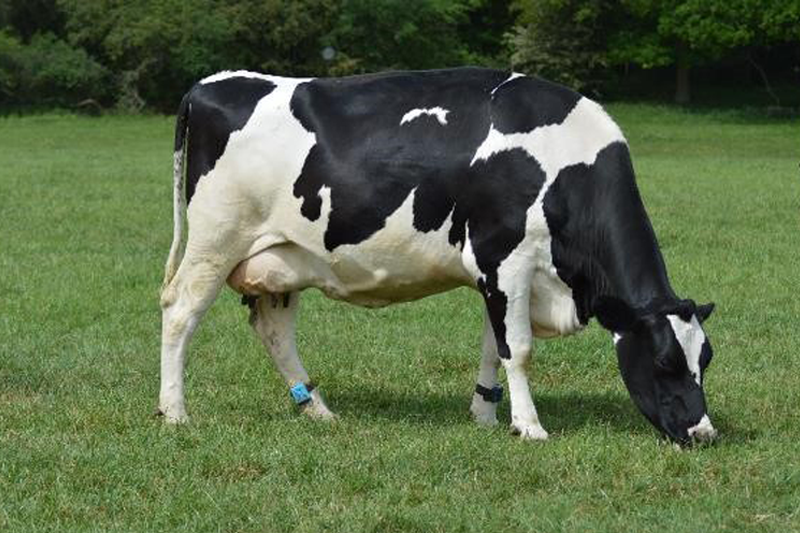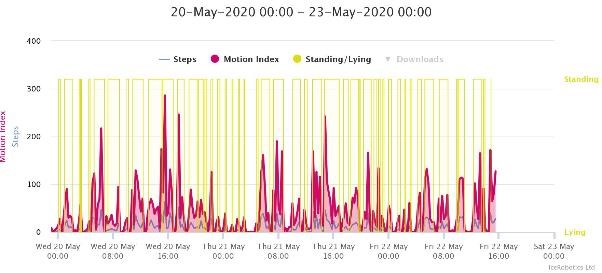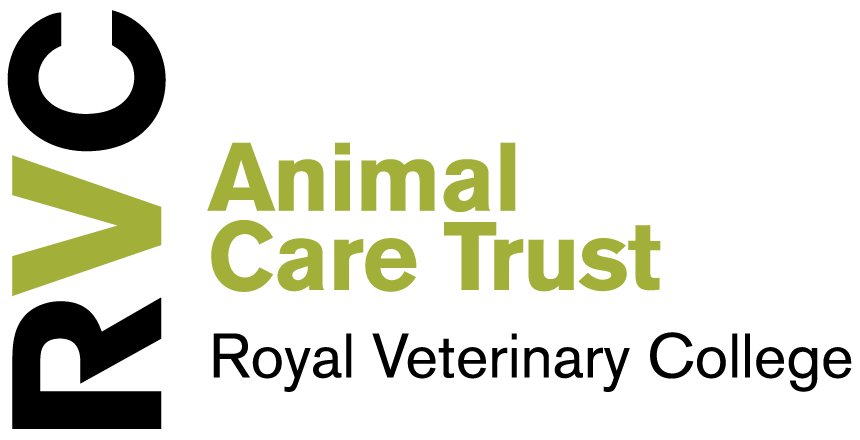Activity trackers learning and alerting changes in cow behaviour
The cow herd located at RVC's Boltons Park Farm have recently been fitted with an activity tracker named CowAlert. The CowAlert system consists of several monitoring sensors placed on their legs and they measure and track activity budgets, detect lameness and oestrus.

The monitoring sensors and CowAlert system was funded by an RVC Animal Care Trust grant of £29,000. The sensors aim to improve herd welfare, expose RVC students to technology available in practice, and also provide research opportunities to RVC staff and students into early detection behavioural changes.
Technology and ‘big data’ are becoming more common on farms, and the data gathered from the CowAlert system will complement the clinical activity of RVC farm staff and students. Once the sensors have been tracking activity for a short period of time, the system can access historic data to learn cows’ individual behaviour and flag up any changes which may indicate an issue.
Early detection of lameness is vital, and early treatment results in improved recovery. The monitors will enable the long-term monitoring of the impact of lameness on the cattle and to develop early intervention tactics. These monitors may also help the detection of sub-clinical disease in the herd. Cows are naturally stoic in nature and as such may hide disease until it is advanced. Any detection of sub-clinical disease will have a huge benefit to the welfare of the cattle.

Additionally, the storage of data across the herd can be accessed by staff and students for research projects into their activity, lameness and their oestrus. The data can be accessed remotely allowing for more flexibility and greater tracking of cow behaviour and activity. This has been particularly useful in light of the COVID-19 outbreak where a number of research projects have been able to continue remotely without the need to be on campus.
RVC students are currently using the sensors to undertake research into the relationship between oestrus intensity and productivity, and the impacts of specific lesions and hoof trimming on lying behaviour. More projects are due to start in the autumn.
Thanks to your help we are able to improve the treatment and care of animals through clinical practice, education and research. Please donate to our ongoing work and make a difference to the thousands of pets and animals cared for each year.
| Donate |

